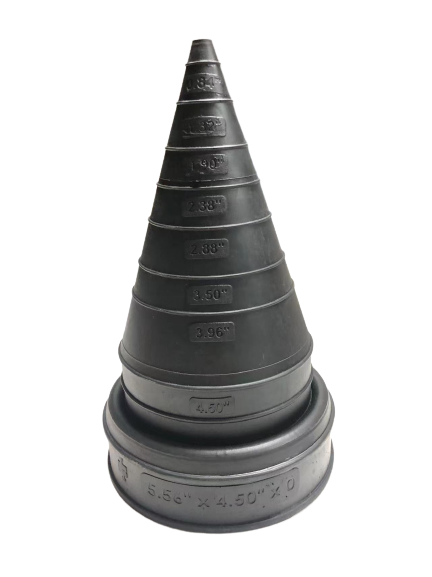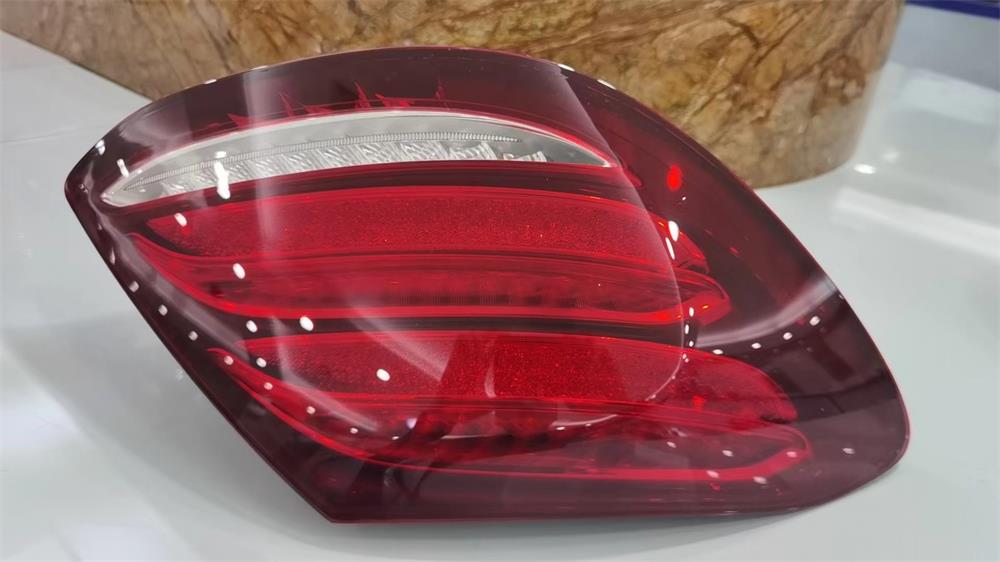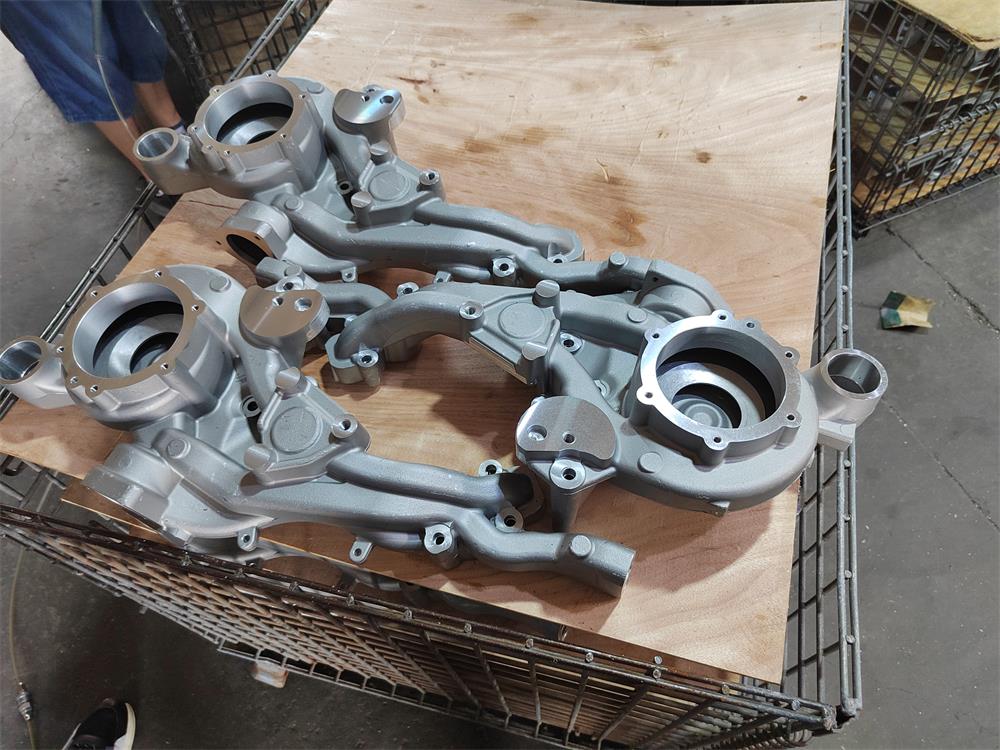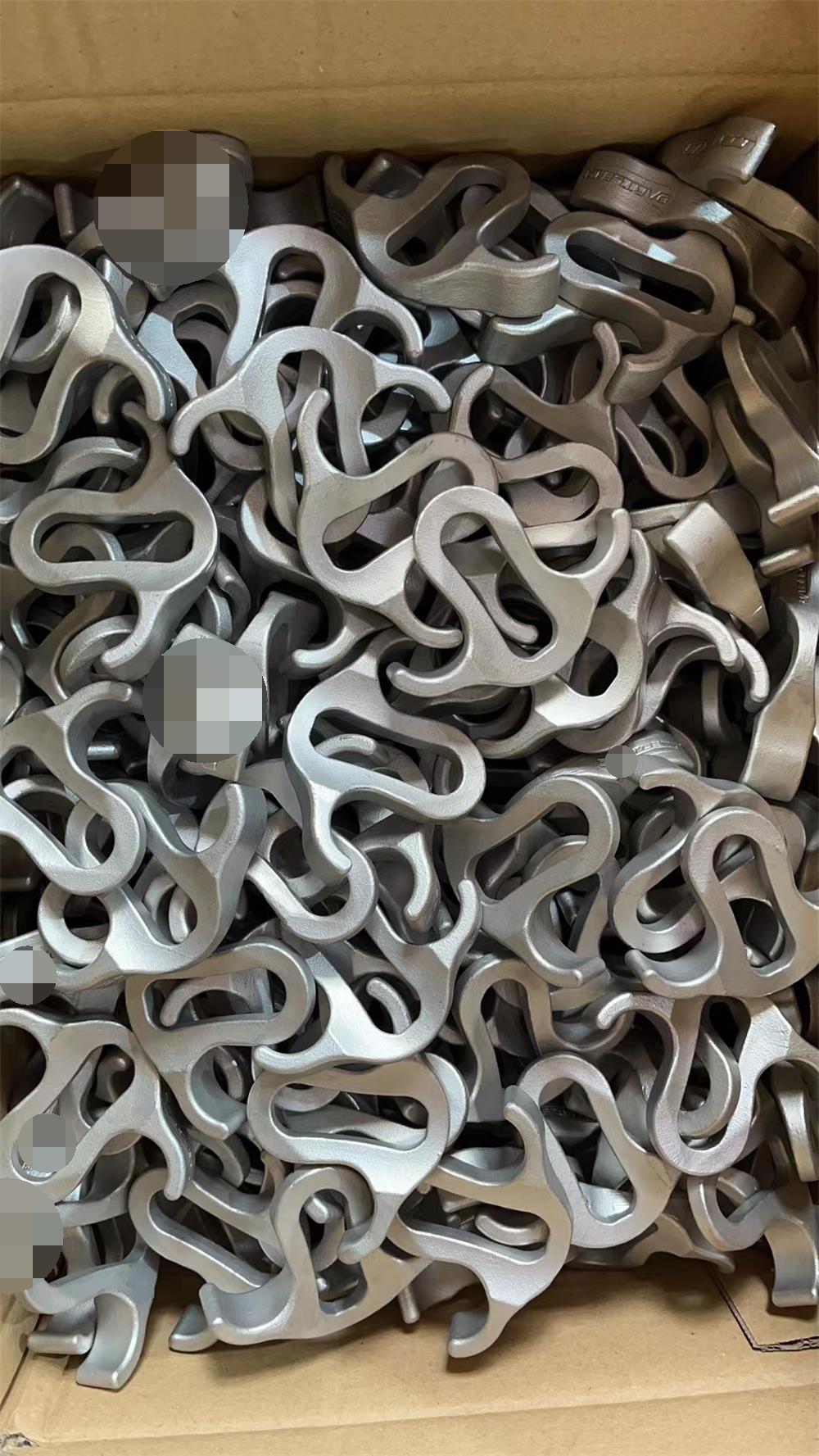General
Rubber cones can be produced through a manufacturing process known as rubber compression molding. Here is a general overview of how rubber cones are typically produced:
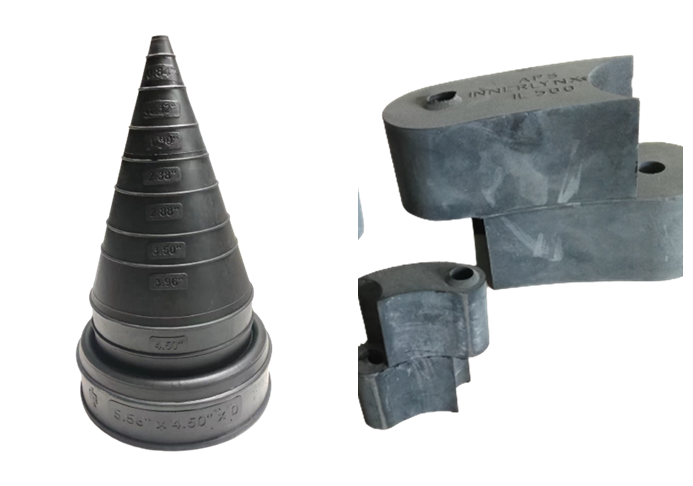
Manufacturing Processes
Rubber compound preparation
A rubber compound is created by mixing raw rubber material (such as natural rubber or synthetic rubber) with various additives, such as vulcanizing agents, fillers, accelerators, and pigments. The specific composition of the compound depends on the desired properties of the final rubber cone.
Mold preparation
A mold is prepared to shape the rubber compound into the desired cone form. The mold consists of two halves, typically made of metal, which fit together to form a cavity in the shape of the cone.
Pre-forming
The rubber compound is preheated to a specific temperature to enhance its flow characteristics. It is then placed into the mold cavity, ensuring that it fills the space evenly.
Compression molding
The mold is closed, and pressure is applied to compress the rubber compound within the mold cavity. This pressure helps to shape and form the rubber into the desired cone shape, while also facilitating the expulsion of any air or excess material.
Vulcanization
Heat and pressure are maintained within the closed mold for a specific period, allowing the rubber compound to undergo vulcanization. Vulcanization is a chemical process that transforms the rubber compound into a durable, elastic material. It involves the cross-linking of polymer chains, resulting in improved strength, elasticity, and resistance to heat and chemicals.
Cooling and demolding
After the vulcanization process is complete, the mold is cooled to solidify the rubber cone. Once cooled, the mold is opened, and the finished cone is removed from the mold cavity.
Finishing
The rubber cone may undergo additional post-processing steps, such as trimming any excess rubber, inspecting for defects, and applying surface treatments or coatings if necessary.
Sum Up
It’s important to note that the specific details of the rubber cone production process can vary depending on factors such as the type of rubber used, the complexity of the cone design, and the manufacturing equipment available. Advanced techniques such as injection molding or transfer molding may also be used in certain cases.

